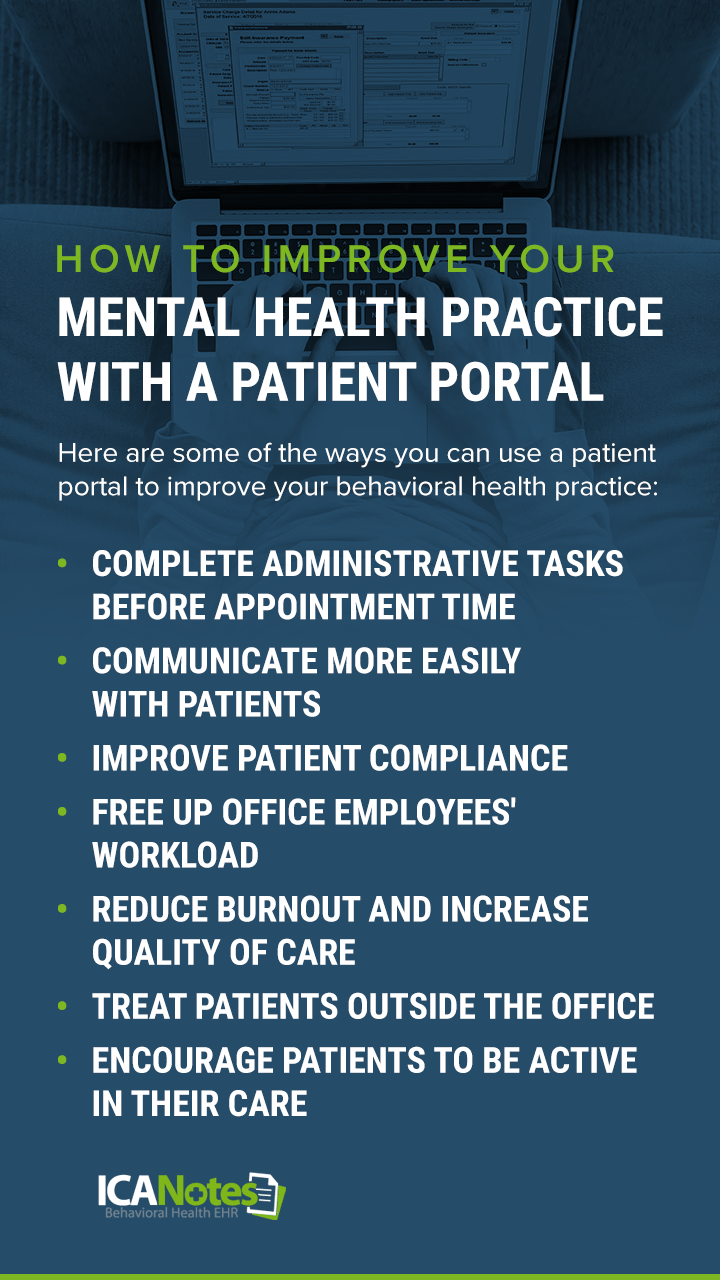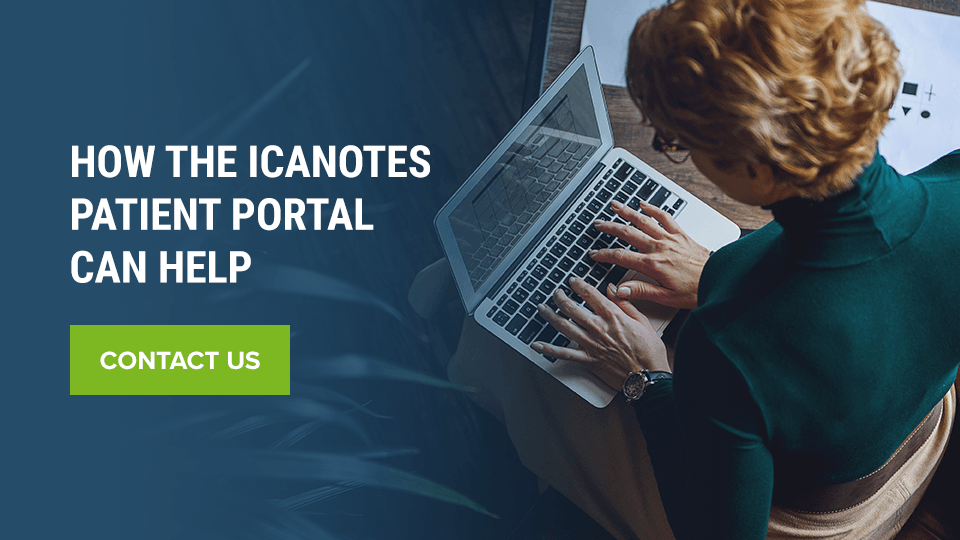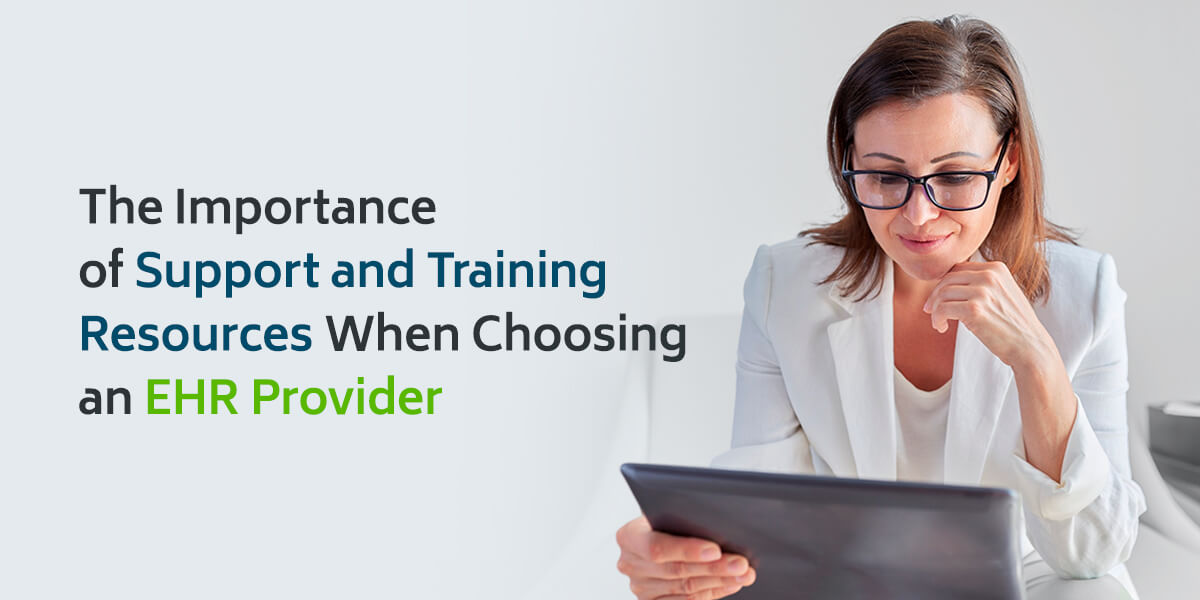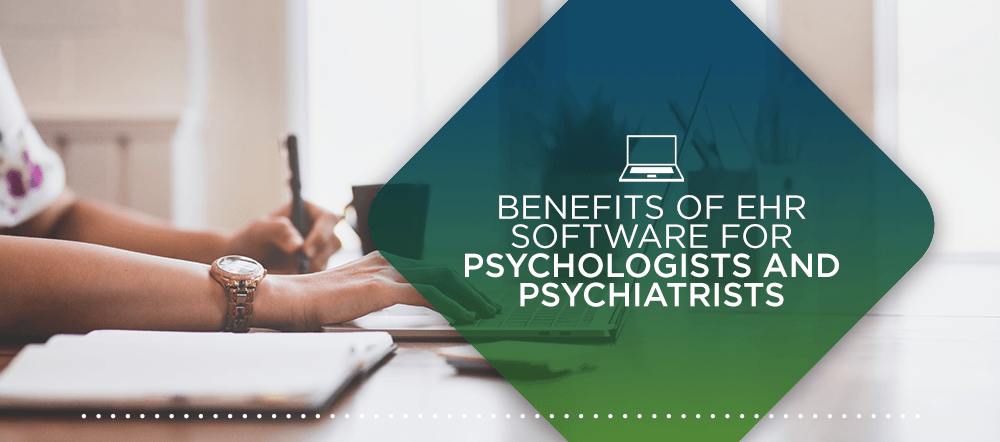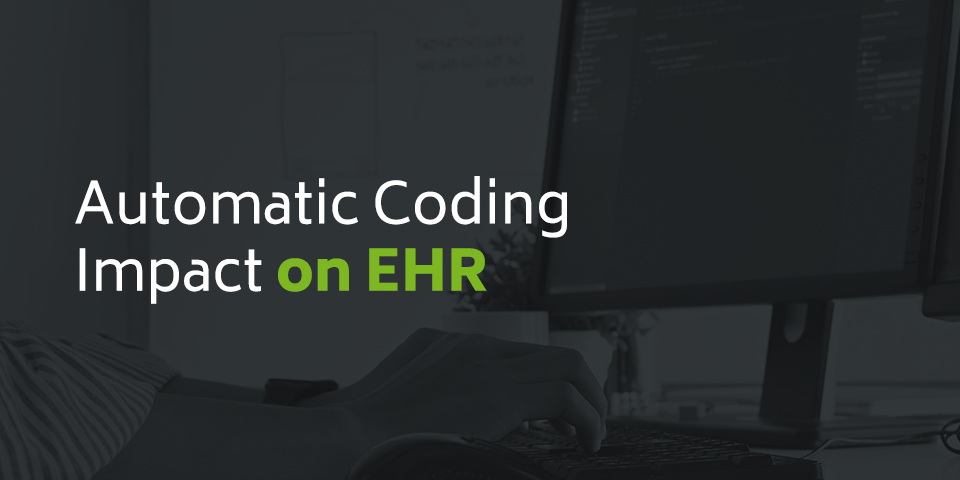How to Improve Your Mental Health Practice With a Patient Portal
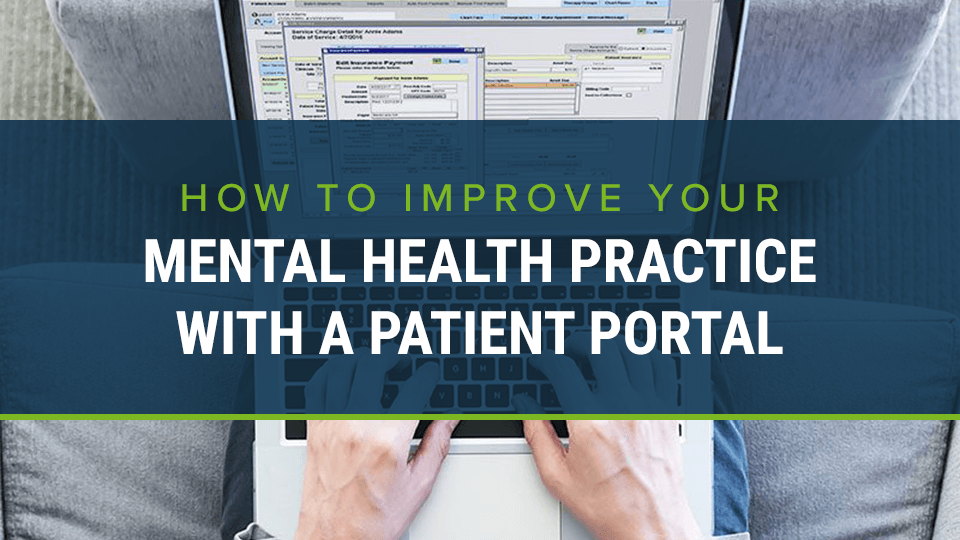
A patient portal is an excellent resource for patients, allowing them to access their health records, communicate with providers, and accomplish other tasks related to their care — but what about your practice? How does a portal help you offer better care or ease administrative challenges?
By implementing a capable patient portal, behavioral health practices can experience wide-reaching benefits beyond simple appointment reminders. These platforms can help your patients feel more empowered, reduce the risk of employee burnout and create a comprehensive approach to care, among other advantages. Let's look at how patient portals can help you improve your mental health practice.
Table of Contents
- Complete Administrative Tasks Before Appointment Time
- Communicate More Easily With Patients
- Improve Patient Compliance
- Free up Office Employees' Workload
- Reduce Burnout and Increase Quality of Care
- Treat Patients Outside the Office
- Encourage Patients to Be Active in Their Care
Why You Should Get a Patient Portal
Patient portal benefits are expansive and can include everything from administrative efficiencies to improved patient compliance. Portals can range from simple to complex, with tools like secure messaging, billing, intake forms, appointment management, and more. Integration with other systems, such as an electronic health record or billing platform, will also play a role in how beneficial a patient portal is. To reap the most benefits from a patient portal, you'll want one with various tools and seamless integration, like ICANotes.
So, let's look at how these features come together. Here are some of the ways you can use a patient portal to improve your behavioral health practice.
1. Complete Administrative Tasks Before Appointment Time
A practice management system allows your patients to take care of logistics ahead of their appointment, making the visit smoother and reducing the work for the administrative staff. Patients can electronically answer intake questions from any device in the comfort of their homes. They can spend less time in the waiting room and streamline the check-in process.
Electronic registration forms also save your administrative team the hassle of entering data into your EHR. Forms pre-populate into the EHR and can significantly cut down on data entry tasks or inefficient paper storage requirements. The data from these forms is a few clicks away, not buried in a file cabinet in another room. Plus, instead of juggling clipboards and pens, your front desk workers can spend more time attending to the patients, answering their questions and providing a comfortable environment.
In addition to registration forms, a patient portal can shift several other tasks away from the front desk, leaving staff to spend their face-to-face time on medical care, not administrative minutiae. Examples include requesting medication refills, scheduling appointments and paying bills.
2. Communicate More Easily With Patients
Connecting with your patients is a vital part of any mental health practice. They need to trust you and know that you have open lines of communication available. A patient portal for therapists can create those opportunities and allow patients to reach you in more convenient ways — which may be the difference between accessing care, skipping it or turning to another provider.
If the only way to contact you is to make a phone call during office hours, some patients may struggle. Maybe they're busy during work or they aren't available for a callback. Before you know it, it's been weeks and they haven't managed to make their next appointment or talk to their doctor about medication changes. With a portal, patients can send messages whenever it's convenient.
When it's easier to reach the care team, patients have the support they need to better adhere to treatment plans and appointment intervals. They may also be more likely to ask about topics that may not seem critical enough for a phone call, but are still relevant to their mental health.
The care team can also respond when it works best for them. They can work more efficiently and devote full attention to the patients standing in front of them without ignoring others' needs. Like text messages and emails, they can respond when it makes the most sense. They can also discreetly initiate messaging, creating a quick route to check in with patients. Working digitally tends to be faster, too. With only a few clicks, employees can send in refill requests, schedule appointments and more.
3. Improve Patient Compliance
The easier the task, the more straightforward it is for patients to follow through with their care. A patient portal helps you offer more holistic care that empowers patients and creates a better patient-provider relationship. This kind of environment goes a long way in supporting adherence to a care plan. Whether you're trying to get patients to complete cognitive-behavioral "homework" or regularly take their psychiatric medications, a patient portal can help improve compliance.
Some of the barriers to compliance that providers face include:
- Health literacy and patient understanding of their medication/condition
- Poor communication on the doctor's part
- Lack of trust in the doctor
- Beliefs about medication
- Discontinuation of medication due to symptom improvement — e.g., patient "felt good" and didn't think they needed to take it
- Cost or access to health resources
- Patient was busy and found it challenging to prioritize medication
Care providers can address many of these barriers through better patient education, improved communication, and reminders, all of which a patient portal provides. Patients can access their reports, handouts, and other educational materials to better understand the intricacies of their condition and medication.
Consider a patient on an antidepressant. If their well-being starts improving, they may feel they can quit taking the medication, leading to a resurgence of symptoms. Having more information about continuing medication during asymptomatic phases can help the patient stay compliant. The portal also improves trust and communication with their provider. Bringing up concerns through messaging creates a vital intervention point where a care team can reinforce the necessity of the medication and address the patient's situation.
Along with education, a patient portal makes tasks like refills and appointment scheduling much easier, so patients can better adhere to appointment dates and get their medications on time. One study found that the odds of portal users attending an appointment were 67% greater than nonusers.
4. Free up Office Employees' Workload
Another way patient portals improve mental health practices is through reduced administrative workloads. With various opportunities for increasing efficiency, you can reduce your staffing needs and simplify work for your entire staff. Self-service options allow your clients to take care of tasks that would otherwise use up employee time and resources.
One of the most significant benefits of a mental health payment portal is that it frees up time for office staff. Instead of taking time to process payments in the office, patients can do it at home. Office employees don't need to accept payments in person, and, with automatic reminders, can spend less time chasing down overdue payments.
A patient portal contributes to the ease of a paperless system, allowing you to eliminate paperwork, scanning, data entry, and organization problems. When staff needs to share records, make referrals, or find a file, these tasks happen faster, letting them focus on more critical tasks.
5. Reduce Burnout and Increase Quality of Care
Burnout in healthcare is a significant problem, with a massive 55% of frontline workers saying they felt burned out in 2021. Burnout can come from various factors, such as being overworked and not having the resources to provide meaningful, high-quality care. Patient portals can be an excellent tool for reducing staff burnout by lightening their workload and encouraging them to focus more attention on mission-critical tasks.
When team members spend less time on repetitive administrative work, they can be more attentive, provide outstanding care and enjoy fewer frustrations during the workday.
6. Treat Patients Outside the Office
Mental health treatment is usually an ongoing process that blurs the lines between care in the office and at home. Patients may need to enact cognitive-behavioral strategies throughout the day or remember to take their medications on time. With the help of a patient portal, therapists can provide care that reaches beyond the office. They can assign "homework," conduct more frequent and informal assessments and provide the resources patients may need to carry out their treatment, such as coping mechanism worksheets or journaling guides.
Access to clinician communication also helps patients better understand their care in between sessions. Perhaps a patient has a brief question about the best time to take their medication. If getting the answer is time-consuming or challenging, they may not ask, leading to outcomes like dangerous interactions with another drug or adverse side effects. These results could cause the patient to believe their medication isn't working or stop taking it when a brief chat with the doctor or a review of prescription instructions could have solved their out-of-office problem.
A patient portal can help patients adhere to treatment between sessions — it also provides a convenient place to access telemedicine services and even eliminates trips to the office. With nearly 40% of Americans using telehealth services in 2021, this is a critical area of concern for most mental health providers. A patient portal is a trusted place for patients to access their telehealth sessions in the same convenient platform they get the rest of their care information.
7. Encourage Patients to Be Active in Their Care
Another way patient portals create comprehensive treatment is by involving the patients in the process. Some mental health patients, such as those pressured or required to receive care, are apathetic or angry about treatment. Others are highly motivated but may not feel fully in control of their treatment or lack confidence about their ability to make positive life changes.
A patient portal for mental health can help patients take ownership of their care. Full access to records provides control, with patients reporting feelings of autonomy and freedom from using a portal. You give them 24-hour access to records, handouts, and guides, so patients always have resources at their fingertips for carrying out plans and dealing with setbacks. You can also send out "homework" for clients to complete throughout the week to gain more insight and reinforce therapeutic strategies outside the session.
Consider a patient with a panic disorder. Though they've gone through coping skills during a session, they might not recall that information when a panic attack strikes, or perhaps they've lost the paper handout. Online access means they can pull up the resources you've sent them about working through the situation and returning to a stable state. In many cases, sending out tasks or assignments throughout the week can put healthier behaviors at the top of patients' minds, helping them remember to put their good habits into practice.
Patient portals can also cultivate trust with the provider through easy lines of communication. Many patients turn to the internet for information about health problems, and it isn't always appropriate for their situation. If you make sending a message to a provider as easy as doing a Google search, you can reduce the likelihood that they'll turn to questionable health information online. Instead, you get to educate them with trustworthy resources and a thorough understanding of their unique needs.
Finally, some situations extend beyond your practice's scope. Payments, non-psychiatric care and transportation are a few examples, and you may know of some community resources, such as LGBTQ-oriented providers, financial programs and trusted rehabilitation practices. A portal is an excellent place to put these resources or make referrals, allowing patients better access to care and a better chance for improvement.
How the ICANotes Patient Portal Can Help
Portals can be an outstanding tool for patients and providers, but only if they support your practice with trustworthy, efficient resources and seamless integration with other systems. ICANotes is a robust electronic health record and practice management system with a user-friendly patient portal designed for behavioral health environments. With our Meaningful Use Stage 3-certified patient portal, your patients can:
- Securely send electronic messages to providers
- Access their medical history and records
- Make payments
- Fill out intake forms that pre-populate to an Initial Assessment in ICANotes
- Fill out other electronic forms, such as assessments and agreements, that link to their ICANotes chart
- Request medication refills
- Confirm and cancel appointments
- Sign up for text and email appointment reminders
All these capabilities work seamlessly with ICANotes' EHR component, so you can see patient submissions and forms right from their charts. As a comprehensive solution, ICANotes also offers essential provider tools for charting, billing, prescribing and coding.
Everything in the ICANotes platform is secure and HIPAA-compliant. It's also a cloud-based platform, so you and your patients can safely access it through any web browser. Every practice is unique, and you can customize many parts of ICANotes to fit your workflow.
Learn more about the ICANotes Patient Portal online, and reach out to us to request a free trial or schedule a live demo to see it in action.
Sources
- https://www.ncbi.nlm.nih.gov/pmc/articles/PMC5775743/
- https://www.ncbi.nlm.nih.gov/pmc/articles/PMC5131190/
- https://www.kff.org/report-section/kff-the-washington-post-frontline-health-care-workers-survey-toll-of-the-pandemic/
- https://www.psychiatry.org/newsroom/news-releases/New-Nationwide-Poll-Shows-an-Increased-Popularity-for-Telehealth-Services
- https://www.ncbi.nlm.nih.gov/pmc/articles/PMC5131190/
- https://www.mentalhealth.gov/talk/community-conversation/services

